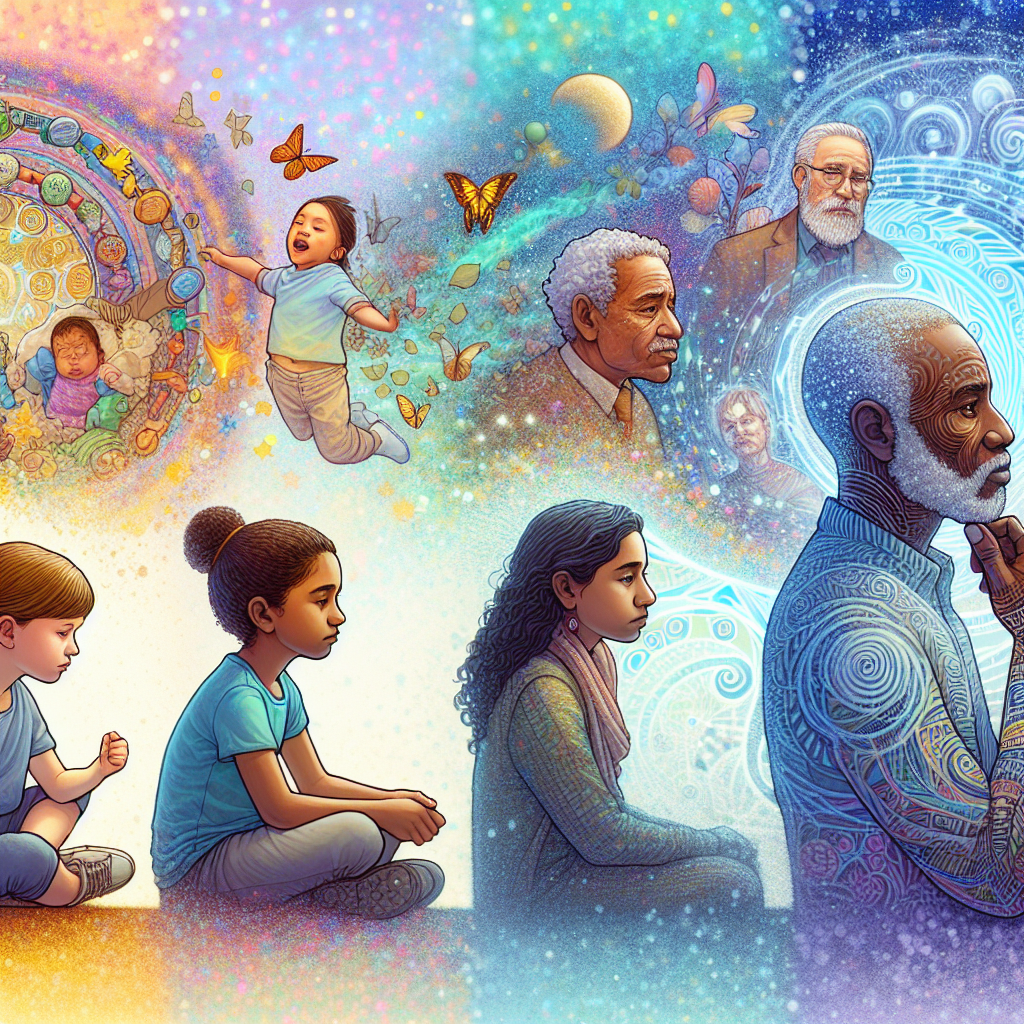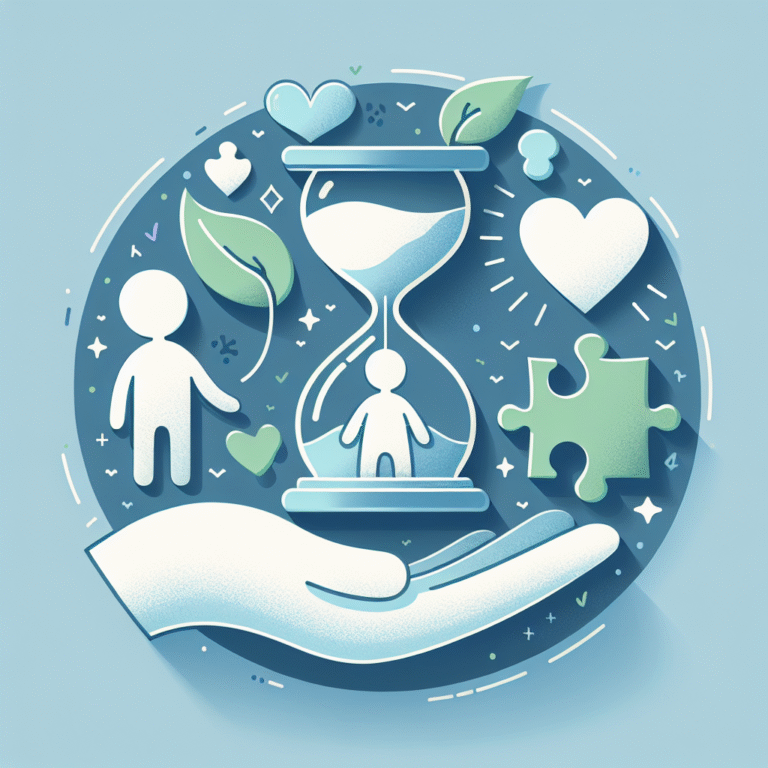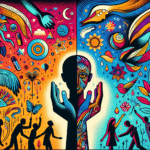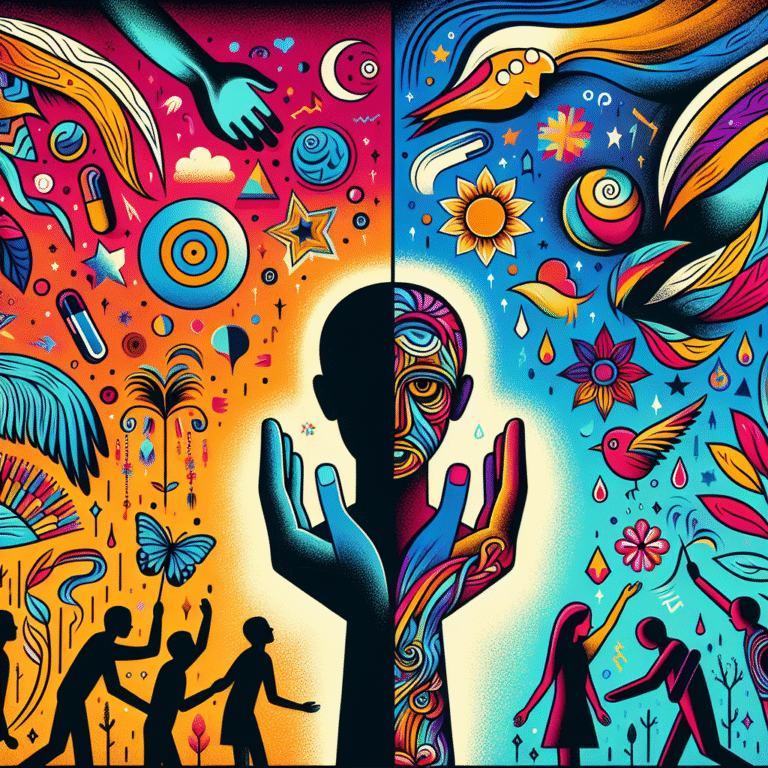
Introduction
As we journey through life, our moral compass continually evolves. The significance of understanding this transition from childhood to adulthood cannot be overstated. It shapes our values, influences our decisions, and ultimately defines who we are. Whether you’re a parent, educator, or simply someone eager to reflect on your own moral development, grasping From Childhood to Adulthood: The Stages of Moral Growth Explained is essential for crafting a more compassionate and ethical society.
Imagine a world where our values stem from a profound understanding of morality rather than mere societal expectations. The stakes are high: our choices not only affect our lives but also have lasting implications on our communities. So, what does this transformation look like? Let’s dive deep into the stages of moral growth, enriched with real-world case studies, actionable insights, and a captivating narrative that promises to engage every reader.
Theoretical Frameworks of Moral Development
To fully appreciate the journey from childhood to adulthood, we need to explore the foundational theories of moral growth. Two prominent figures in this field are Jean Piaget and Lawrence Kohlberg, whose work has been instrumental in outlining how our moral reasoning evolves.
Piaget’s Stages of Moral Development
Jean Piaget proposed that children’s moral reasoning unfolds in two key stages:
-
Heteronomous Morality (age 4–7): In this stage, children view rules as fixed and absolute, deriving their understanding of right and wrong largely from authority figures. For instance, a child might believe that lying is always wrong simply because an adult has said so.
- Autonomous Morality (age 10+): As children grow older, they begin to recognize that rules are social agreements and can be changed. They develop the ability to consider intentions behind actions, leading to a more nuanced understanding of moral dilemmas.
Kohlberg’s Stages of Moral Development
Building on Piaget, Lawrence Kohlberg expanded the concept into a more refined three-level model, each containing two stages.
-
Pre-Conventional Level:
- Stage 1: Obedience and Punishment Orientation: Morality is viewed in terms of avoiding punishment.
- Stage 2: Self-Interest Orientation: Actions are judged based on personal benefits.
-
Conventional Level:
- Stage 3: Interpersonal Accord and Conformity: Approval from others becomes paramount. A child may choose to share toys not only to play but also to be liked.
- Stage 4: Authority and Social Order Maintaining Orientation: Morality is about upholding laws and social rules.
- Post-Conventional Level:
- Stage 5: Social Contract Orientation: Awareness that laws are social contracts, and can be changed for the greater good.
- Stage 6: Universal Ethical Principles: Decisions are based on universal principles of justice and equality.
The Role of Parenting and Environment
Understanding the stages of moral growth is vital, but the role of the environment cannot be overlooked. Parenting styles play a significant role in shaping a child’s morality. A study conducted by the American Psychological Association found that children raised in authoritative homes—where parents provide warmth and structure—tend to achieve higher moral reasoning levels.
Case Study: The Influence of Parenting Styles
-
Authoritative Parenting: Research shows that children from authoritative homes tend to exhibit strong moral reasoning. For example, a case involving a teenager who protested against bullying highlighted how the values instilled by supportive parents empowered them to stand against injustice.
- Authoritarian Parenting: In contrast, a teenager raised in a strict, punitive household struggled to empathize with others, demonstrating the limitations of moral reasoning shaped solely by fear.
The Impact of Education on Moral Growth
Schools play a crucial role in facilitating moral development. Programs that include social-emotional learning (SEL) cultivate skills like empathy, cooperation, and conflict resolution.
Case Study: Integrative Approaches in Schools
- SEL in Action: A school in Chicago integrated SEL into its curriculum and witnessed significant declines in bullying incidents, showcasing how environments foster moral growth.
Table 1: SEL Outcomes on Moral Development
| SEL Component | Outcomes |
|---|---|
| Empathy Training | Improved peer interactions |
| Conflict Resolution | Reduced disciplinary actions |
| Ethical Reasoning | Higher academic achievement |
The Influence of Peers
Peer relationships also shape moral development significantly. Adolescents often shift their moral focus from family-centered values to peer-centered values.
Case Study: Peer Influence
Consider the story of Jamie, a high school student who distanced herself from a group that encouraged dishonest behavior, showcasing her growth into an autonomous moral thinker. This highlights how critical peer influence can be during adolescence.
The Journey to Adulthood
Transitioning to adulthood brings complexities in moral reasoning that demand a deeper understanding of societal structures, ethical dilemmas, and personal values.
Moral Dilemmas in Adulthood
As individuals enter adulthood, they may encounter numerous moral dilemmas that challenge their previously held beliefs. For instance, a new employee might face a decision regarding reporting unethical practices at their workplace, a scenario far removed from childhood dilemmas.
Case Study: The Ethical Dilemma
- Workplace Ethics: A case where an employee reported wrongdoing despite fear of retaliation underscores the post-conventional moral growth stage. Here, values take precedence over personal risk, demonstrating the direct application of moral growth principles in real life.
The Interplay of Culture and Society
Culture significantly impacts moral development. Different cultural backgrounds produce varied moral frameworks, affecting how individuals progress through the aforementioned stages.
Cross-Cultural Perspectives
For instance, collectivist cultures may emphasize community and relationships, allowing moral growth to manifest in adherence to communal rules and values. Conversely, individualistic cultures may promote personal autonomy, influencing moral reasoning focused on individual rights.
Key Insights
- Collectivist Cultures: Prioritize community and relationships, potentially leading to moral growth that emphasizes social harmony.
- Individualistic Cultures: Focus on personal rights and freedoms, encouraging moral reasoning that champions individual choice.
Actionable Insights for Personal Growth
Understanding From Childhood to Adulthood: The Stages of Moral Growth Explained illuminates paths for personal development. Here are several actionable strategies for nurturing moral growth, whether for oneself, children, or students:
-
Encourage Open Dialogue: Create environments where expressing thoughts on moral issues is welcomed, fostering critical thinking.
-
Model Ethical Behavior: Adults should practice what they preach. Young people learn through observation; exhibiting moral behavior can guide them.
-
Create Moral Dilemmas: Regular discussions about hypothetical scenarios can enhance critical reasoning skills and moral decision-making.
-
Invest in Community Engagement: Involvement in community service can cultivate empathy and a broader understanding of societal issues.
- Promote Reflective Practices: Encouraging journaling about moral dilemmas or ethical decisions can enhance self-awareness and moral reasoning.
Conclusion
The transition from childhood to adulthood is more than just biological growth; it’s a profound moral evolution that shapes our identity and impacts those around us. Understanding From Childhood to Adulthood: The Stages of Moral Growth Explained equips us to foster environments that support this essential journey. The stakes are high, and actively participating in moral development is a responsibility we all share.
The journey to moral maturity offers us a path to not only become better individuals but also to contribute positively to our societies. Let us commit to engaging with our moral complexities and guide the next generation toward empathetic and ethical lives.
FAQs
1. What are the stages of moral development?
Moral development typically includes the pre-conventional, conventional, and post-conventional levels, as outlined by Kohlberg, each comprising two distinct stages.
2. How can parents promote moral growth in their children?
Parents can encourage moral growth by modeling ethical behavior, encouraging open discussions about morality, and providing environments conducive to social-emotional learning.
3. How do cultural factors influence moral development?
Cultural backgrounds significantly shape how individuals prioritize moral values, affecting how they navigate the stages of moral growth.
4. What role do peers play in moral development during adolescence?
Peers become increasingly influential during adolescence, often shifting the focus of moral reasoning towards social acceptance and group dynamics.
5. Can moral reasoning be changed in adulthood?
Yes, moral reasoning can evolve in adulthood through experiences, education, and reflective practices that challenge existing beliefs and promote ethical awareness.
This guide provides a comprehensive understanding of From Childhood to Adulthood: The Stages of Moral Growth Explained, exploring the critical interplay of various factors that shape our moral compass. Embrace your journey and facilitate growth within yourself and others!
















